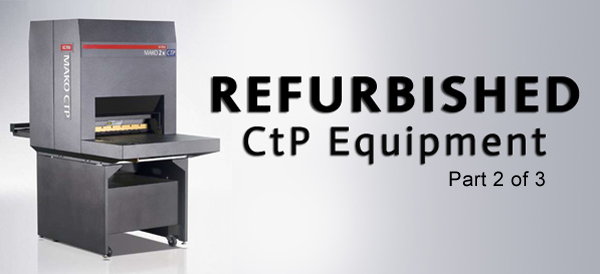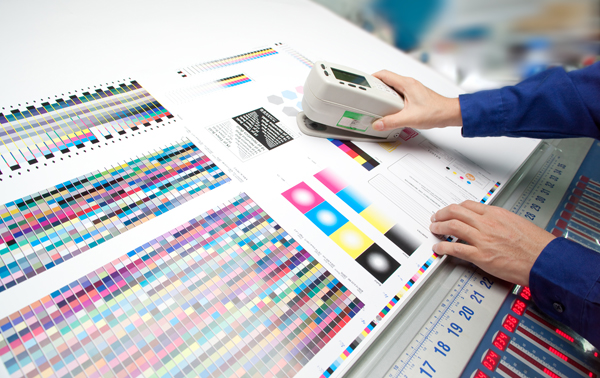
Due to overwhelming customer demand, DEI Systems is proud to announce their new ECRM Mako 36/46 Exchange Program.
Owner of DEI Systems Robert Yasi said about the program, “I listened to my customers and they all told me how badly they needed a solution to the problem of having an imagesetter, which can be a mission-critical component in a print shop, break down and have no way of knowing how long it’s going to take to get fixed and back up and running. When I offered several customers the option of exchanging their old imagesetters for a freshly refurbished one, they all jumped at it. That’s when I knew I had to make this a regular offering for DEI customers.”
The new exchange program offers you a viable solution when your ECRM imagesetter goes down. Instead of worrying about the old imagesetter, you can exchange it for a recently refurbished unit that is ready to produce.
Want to know more?
Head over to our ECRM Mako 36/46 Exchange Program information page for all the details or call us at (800) 793-3526. We’d be happy to answer any questions you have.





